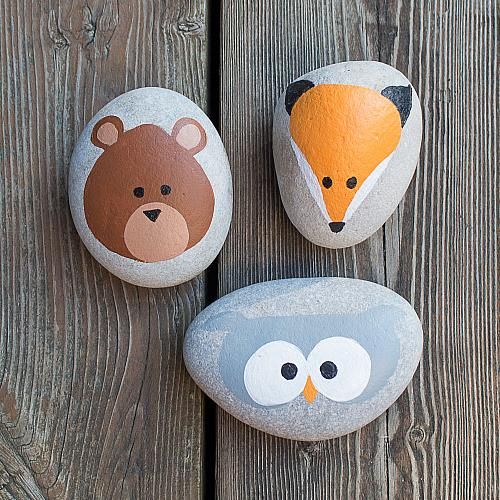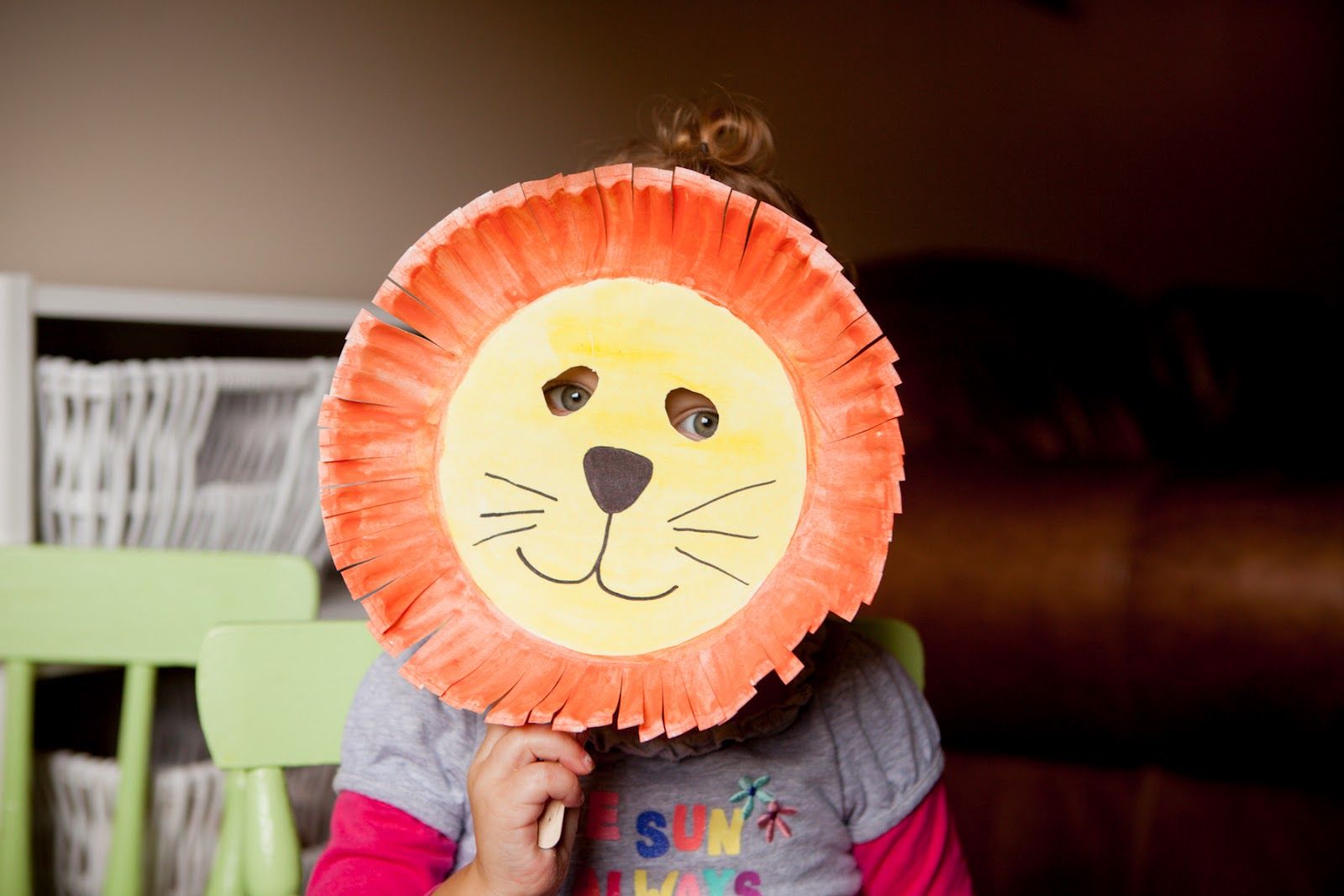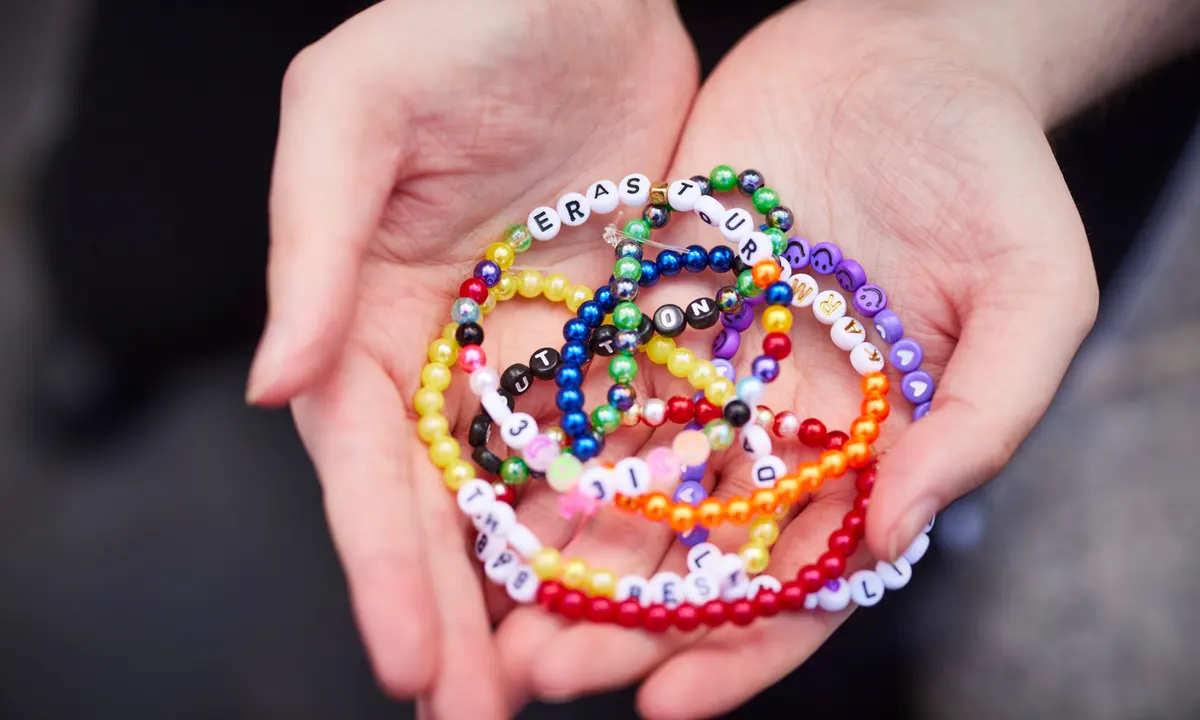Flying with a 1-year-old makes most parents nervous. Every parent knows those tense moments at 35,000 feet, when their toddler starts getting restless.
But what if we told you that flying with a baby doesn’t have to be hard? From countless flights and tips from real families, this guide shares 12 proven activities that keep little ones content in the air.
Parents will find simple, tested ideas that easily fit in a carry-on. These aren’t just ideas from books – they’re methods that work in real life, used by real parents on real flights.
The best part? Most items are already in your home.
This guide will discuss the best plane activities for 1 year old. No special gadgets are needed – just practical solutions.
12 Fun Activities for 1-Year-Olds While Flying
These 12 fun activities provide a mix of interactive play, sensory stimulation, and creative outlets that will help make the journey smoother for both you and your toddler.
Let’s get into them:
Toy Games
1. Window Gel Clings

Type: Visual, Sensory
Window gel clings are an easy and effective way to keep your toddler entertained during the flight.
These reusable, mess-free stickers stick to the plane’s windows and can be removed and repositioned as often as your child likes.
Gel clings are not only fun, but they also stimulate your child’s creativity and visual exploration.
2. Mini Busy Boards
Type: Fine Motor, Educational
Mini busy boards are small, interactive toys that engage toddlers in hands-on activities.
Typically, these boards feature different objects that toddlers can manipulate, such as buttons, zippers, snaps, and Velcro.
These toys are designed to provide an enriching experience that helps toddlers develop essential skills.
These busy boards are excellent for promoting fine motor skills as well.
3. Play Foam
Type: Sensory, Creative
Play foam is a creative, mess-free alternative to traditional playdough. It’s soft, squishy, and easy for toddlers to manipulate.
The foam doesn’t crumble like playdough and is perfect for travel as it won’t leave behind any residue.
Toddlers can roll it, squish it, and mold it into different shapes, sparking their creativity and imagination.
Play foam is not only entertaining but also aids in sensory development.
4. Finger Puppets
Type: Interactive, Educational
Finger puppets are small, lightweight toys that fit snugly on your fingers, allowing you to create interactive puppet shows. These toys are ideal for engaging your toddler in imaginative play.
You can use them to tell stories, sing songs, or even teach your toddler new words and sounds.
Finger puppets are fantastic for building vocabulary and communication skills.
5. Suction Toys
Type: Sensory, Interactive
Suction toys are a perfect sensory activity for toddlers while flying.
These toys stick to the tray table or window, allowing toddlers to engage with them by attaching and detaching different pieces.
The process of sticking and un-sticking toys not only keeps your toddler entertained but also helps to develop their fine motor skills and sensory awareness.
Interactive Games
6. Frequent Interaction with Simple Games
Type: Verbal, Engagement
Simple games like “I Spy” or “Where’s Your Nose?” are excellent for keeping toddlers mentally engaged.
These games help foster curiosity as toddlers actively look around and identify objects, colors, or body parts.
Asking your toddler to name things they see in the plane or identify parts of their body encourages verbal communication and supports language development.
7. Dot Sticker Play
Type: Fine Motor, Creative
Dot stickers are a simple but engaging tool that toddlers can use to create art.
You can pack a few sheets of colorful dot stickers and let your toddler place them on paper, windows, or even themselves.
This activity enhances your child’s fine motor skills as they peel and stick the dots, helping them develop hand-eye coordination.
8. Magnetic Puzzles
Type: Problem-solving, Quiet Play
Magnetic puzzles are a fantastic travel-friendly option because the pieces stay in place.
They promote problem-solving skills as toddlers match shapes, pictures, or colors to complete the puzzle.
It’s a great low-maintenance option that’s easy to carry and provides hours of fun.
9. Activity Books
Type: Cognitive, Creative
Activity books like coloring pages, tracing shapes, or simple puzzles are excellent tools to keep your toddler focused during the flight.
They offer a variety of activities that can stimulate your toddler’s brain and help develop their creativity.
Coloring books are especially great for helping toddlers practice their motor skills as they learn to hold crayons or markers.
Creative, Low-Mess Activities
10. Storytelling with Puppets
Type: Interactive, Imaginative
Finger puppets are a wonderful way to foster creativity and language skills in toddlers.
Parents can use finger puppets to tell simple stories, sing songs, or create playful scenarios.
This encourages toddlers to use their imagination while developing listening and comprehension skills.
11. Coloring Together
Type: Creative, Fine Motor
Coloring is a timeless activity that not only entertains toddlers but also helps them develop essential skills.
When you color together with your toddler, it strengthens their fine motor skills by helping them learn how to grasp crayons, markers, or pens.
12. Building with Blocks
Type: Cognitive, Creative
Simple building blocks are a great hands-on activity that allows toddlers to practice important skills like problem-solving, spatial awareness, and fine motor development.
By stacking blocks or arranging them in different patterns, toddlers experiment with balance, symmetry, and structure.
Additional Travel Tips for a Stress-Free Flight
Bringing engaging activities is essential for keeping your toddler entertained during the flight, but additional strategies can help make the entire travel experience more comfortable and stress-free for both you and your 1-year-old.
These tips go beyond the toys and games and focus on overall flight management to ensure your toddler stays calm and happy throughout the journey.
-
Flight Attendant Engagement:
Ask flight attendants if your toddler can help with small tasks, like delivering trash or handing over a cup of water. It keeps them engaged and gives them a sense of responsibility. -
Comforting Familiar Items:
Pack your toddler’s favorite blanket, stuffed animal, or pacifier to help them feel secure and calm during the flight, especially during takeoff and landing. -
Use of the Seatback and Tray Table:
Turn the tray table into a play area with small toys, coloring materials, or snacks. Store extra items like books and toys in the seatback pocket for easy access. -
Emergency Entertainment:
Keep a tablet with downloaded shows or apps as a backup if other activities aren’t keeping your toddler’s attention. Limit screen time to reset their attention span during long flights.
Conclusion
Making a flight work with a 1-year-old comes down to good planning and the right mix of activities.
The 12 activities shared here – from window gel clings to building blocks – give parents solid options for keeping little ones busy in the air.
What makes these activities special is that they’re simple, tested, and don’t need expensive gear. Most use items parents already have at home. Plus, they work for both short and long flights.
Remember, a good flight with a toddler isn’t about keeping them busy every second. It’s about having enough options to switch things up when needed.
With these activities in your carry-on and the extra travel tips in mind, you’re well-prepared for your next flight with your little one.
Frequently Asked Questions
What Are the Rules for Flying with a 1-Year-Old?
Most airlines allow children under 2 years old to fly for free on a parent’s lap, though some may charge a discounted fare for a seat.
How to Protect Baby Ears During Flight?
Feed your baby during takeoff and landing to help relieve ear pressure. You can also offer a pacifier to help with swallowing and prevent discomfort.
Can We Put Cotton in Baby Ears While Flying?
It’s not recommended to put cotton in your baby’s ears, as it can cause discomfort or risk ear damage. Instead, focus on feeding or offering a pacifier.
What Should I Pack for My 1-Year-Old on a Plane?
Pack snacks, a favorite toy, diapers, wipes, extra clothes, a blanket, and entertainment like books or small toys. Include a sippy cup and any comfort items for security.



















 The foundation of a safe cosplay experience begins with choosing the right materials. Selecting
The foundation of a safe cosplay experience begins with choosing the right materials. Selecting  Ensuring that the costume is comfortable and wearable for long periods is essential for a positive cosplay experience. Make sure the costume fits well and allows for easy movement. Avoid tight or restrictive clothing that can cause discomfort or restrict circulation.
Ensuring that the costume is comfortable and wearable for long periods is essential for a positive cosplay experience. Make sure the costume fits well and allows for easy movement. Avoid tight or restrictive clothing that can cause discomfort or restrict circulation. Taking care of your child’s health during the event is crucial for a safe and enjoyable experience. Encourage regular water intake to prevent dehydration, especially if the event is crowded or the weather is warm. Carry a refillable water bottle and remind your child to drink frequently.
Taking care of your child’s health during the event is crucial for a safe and enjoyable experience. Encourage regular water intake to prevent dehydration, especially if the event is crowded or the weather is warm. Carry a refillable water bottle and remind your child to drink frequently.
 Painted rock animals are a delightful and simple craft project that can bring a lot of joy to your child. Start by collecting smooth, flat rocks from your garden or a local park. Make sure to wash them thoroughly and let them dry completely. You will need some acrylic paints, brushes, and a clear sealant to protect the finished artwork.
Painted rock animals are a delightful and simple craft project that can bring a lot of joy to your child. Start by collecting smooth, flat rocks from your garden or a local park. Make sure to wash them thoroughly and let them dry completely. You will need some acrylic paints, brushes, and a clear sealant to protect the finished artwork. Creating paper plate masks is an excellent way for children to
Creating paper plate masks is an excellent way for children to  Making friendship bracelets is a timeless craft that teaches patience and coordination. You will need some colorful embroidery floss, scissors, and optional beads for decoration.
Making friendship bracelets is a timeless craft that teaches patience and coordination. You will need some colorful embroidery floss, scissors, and optional beads for decoration. Egg carton creatures are an excellent way to recycle materials while having fun. You will need an empty egg carton, paint, googly eyes, pipe cleaners, and glue.
Egg carton creatures are an excellent way to recycle materials while having fun. You will need an empty egg carton, paint, googly eyes, pipe cleaners, and glue.







 Let your creativity soar at LEGOLAND Deutschland, a theme park dedicated to the beloved building bricks in Günzburg, Bavaria.
Let your creativity soar at LEGOLAND Deutschland, a theme park dedicated to the beloved building bricks in Günzburg, Bavaria.


















